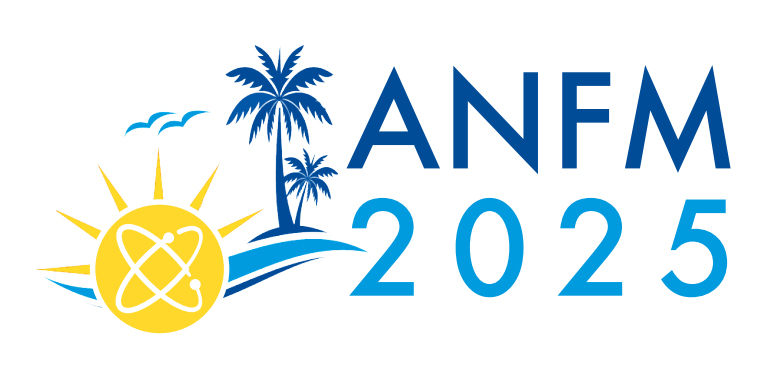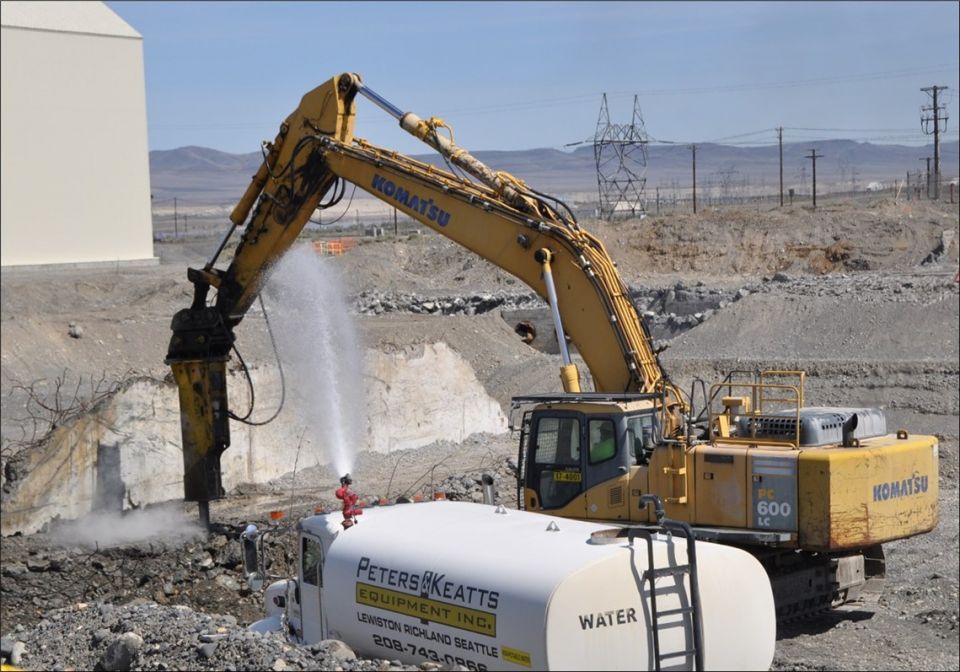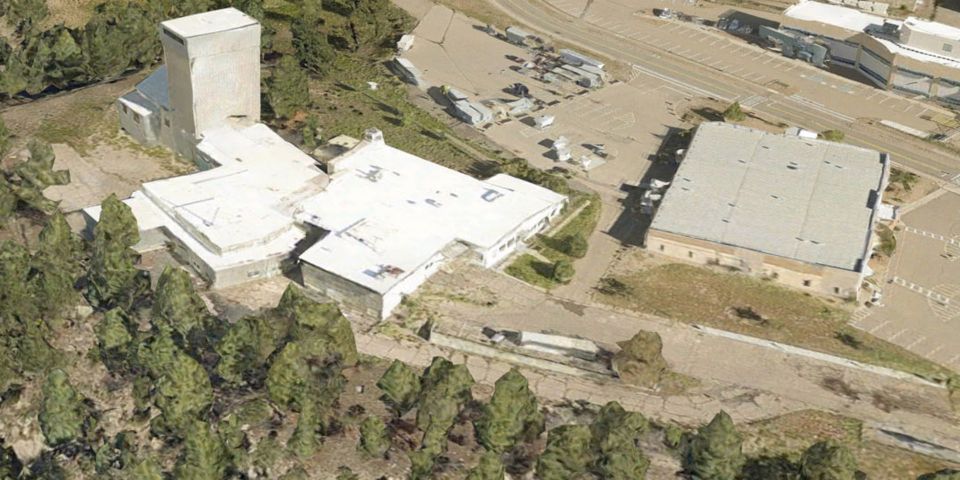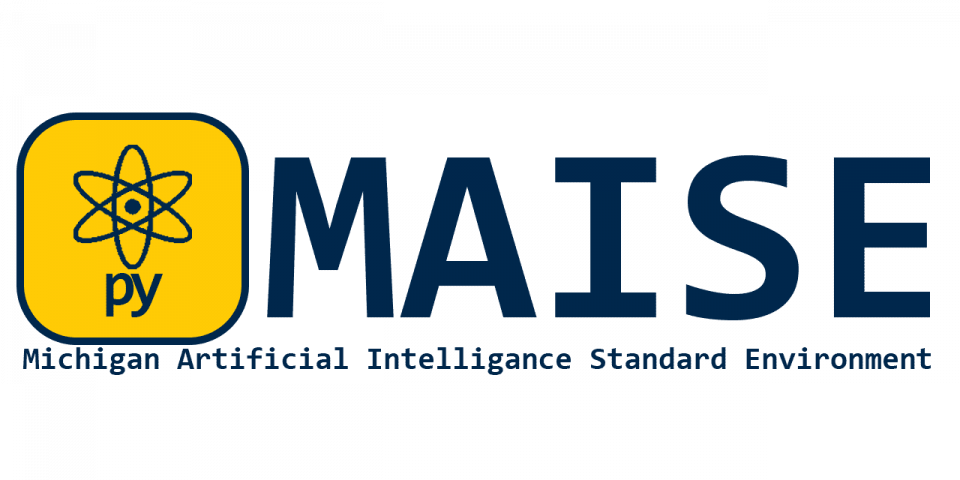Machine learning and environmental remediation
Due to the large amount of water used by nuclear power plants, measuring the water’s impact on the environment is a huge data processing task. It is impossible to manually measure millions of gallons, along with tracking wildlife and the weather. The data computation needed to understand environmental patterns takes massive amounts of storage and strong algorithms to uncover anomalies.
A research collaboration between Lawrence Berkeley National Laboratory, Pacific Northwest National Laboratory, Brown University, and Nvidia Corporation, reported in the article “What To Do With Nuclear Waste? Machine Learning Helps Find the Answer” on the Technology Network site, provided a concept where the use of machine learning might be the tactic needed for nuclear contamination remediation. The research team’s work has demonstrated the promise of physics-informed generative adversarial networks for analyzing complex, large-scale science problems, according to the article.
The Hanford Site: For their work, the researchers focused on the Hanford Site. The site was established in 1943 as part of the Manhattan Project to produce war material and eventually was home to the world’s first full-scale plutonium production reactor, eight nuclear reactors, and five plutonium-processing complexes. Plutonium production ended in 1989 but left behind millions of gallons of radioactive and chemical waste in large underground tanks. More than 100 square miles of contaminated groundwater resulted from the disposal of an estimated 450 billion gallons of liquids to Hanford’s soil disposal sites.
The researchers placed cameras and sensors along Hanford’s waterways to collect data on the progression of contaminants. For their early validation work, the researchers used data generated by a computed model, which enabled the creation of a virtual representation of the site. The data could be manipulated based on the parameters that the researchers were interested in measuring, “primarily hydraulic conductivity and hydraulic head, both key to modeling the location of the contaminants,” according to the article.
Modeling: Data scientists are now using modern algorithms and neural networks for more practical applications. What is most advantageous about the future of nuclear technology is modeling the direction of radioactive material dispersion in the air. In July 2018, researchers at the University of Tokyo defined a tool in their article “Dispersion characteristics of radioactive materials estimated by wind patterns,” published in the journal Scientific Reports, that uses datasets of weather conditions and patterns to determine wind velocity and speed, ultimately predicting where contaminants might reside.
This type of research will better prepare power plant facilities for extreme weather conditions and predict affected areas of contamination. To use the models, data scientists loaded datasets with previous scenarios of high winds, hurricanes, and tornadoes. The machine then began to understand the weather patterns that existed hours before the known event. The University of Tokyo was predicting conditions up to 33 hours in advance using this tactic, with a success rate of 85 percent.
Looking ahead: Scientists have yet to find a way to measure the earth’s permeability to understand how far contaminants are traveling. Testing the earth around the contaminants is risky due to exposure, but machine learning is starting to be used to model different scenarios to predict the material's travel.
Scientists can create hundreds of models using environmental knowledge of an area and can better understand how the earth is reacting to contaminants. The procedures for the future are changing for the better.
Andrew Amann is a cofounder of NineTwoThree Digital Ventures and a former nuclear submarine engineer.
The ANS Nuclear Cafe is a blog owned and edited by the American Nuclear Society. Information contained on the ANS Nuclear Cafe has been provided by numerous sources. Therefore, the American Nuclear Society assumes no responsibility or liability for the accuracy of information contained herein. DISCLAIMER: The views expressed in posted articles do not necessarily reflect the views of the American Nuclear Society. The views expressed here are those of the individual authors. ANS takes no ownership of their views. The American Nuclear Society assumes no responsibility or liability for any use or operation of any methods, products, instructions, or ideas contained on this site.








